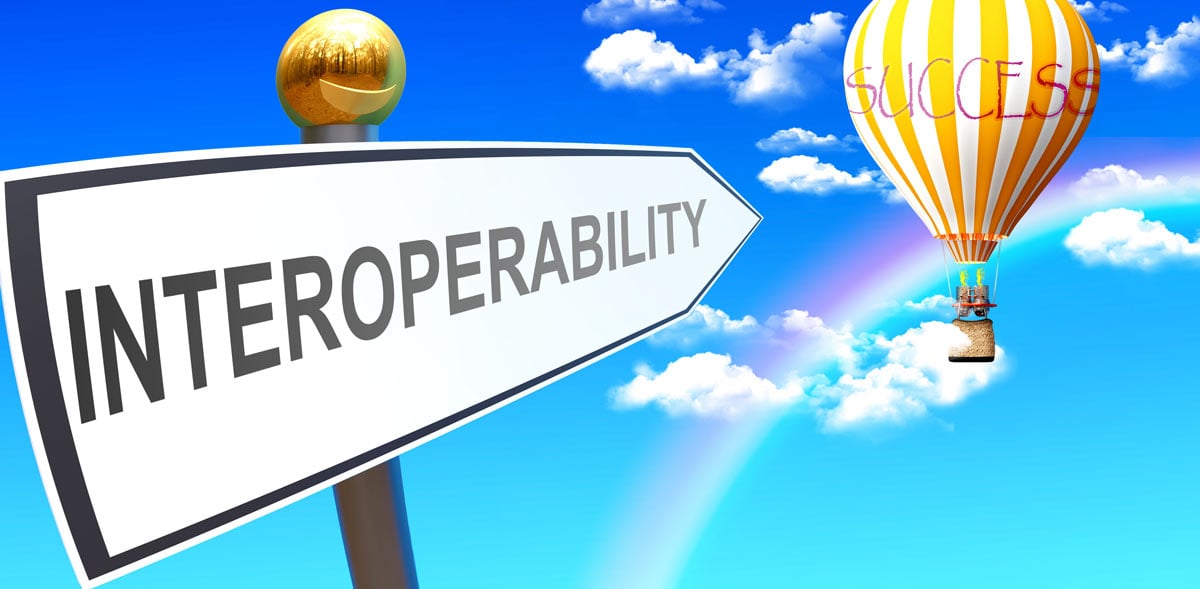Academic publishers worldwide have catered for a lucrative niche market for decades. At every level of formal education, students and scholars are expected to use textbooks that provide the information covered in the school or college curriculum. Without the books, they don’t have the additional knowledge they need to reinforce, and bolster information supplied by teachers and lecturers.
Of course, libraries have always been a source of subsidiary information. Historically, they have also been the go-to place for additional, supplemental content for those wanting to learn more. But the birth and subsequent exponential growth and entrenchment of the Internet in our everyday lives has provided all of us, including the full spectrum of learners, with a vast and varied resource that gives us access to knowledge in a way our grandparents – even many of our parents – never dreamt would be possible.
Additionally, a growing number of sophisticated digital devices, including e-readers, smartphones, tablets, and versatile laptop computers, have made digital media more accessible, creating what we now recognize as a digital content revolution.
The result is that this digital content “revolution” has dramatically disrupted the publishing industry, causing printed books, including textbooks, to wane in popularity. This constantly declining demand is impacting the publishing industry in a way that nobody would have thought possible, even 10 years ago.
A newly released Gutenberg Technology (GT) white paper, Revolutionize Academic Publishing With Flat Fees For Digital Textbooks Whitepaper, highlights the impact of growing resistance to traditional printed textbooks, including serious financial implications that are forcing academic publishers to change direction and evolve different fee structures and ways of publishing.
Decline in Demand for Textbooks Is Not New
Supply and demand are critical factors in any business, but the reality in the textbook publishing industry is that demand has been decreasing for a long while already. Generally, academic publishers didn’t identify this trend, and so they continued to supply the market at a rate that outpaced the declining demand.
Yet, in 2012, a Pearson PLC survey report had reported that high school and college students predicted that by 2017 anything between 63 and 69 percent of traditional printed textbooks would be obsolete. Additionally, most of those who participated in the survey said they preferred digital textbooks.
A US Government Accountability Office (GAO) report released in 2013 reported that the costs of college textbooks had sky-rocketed and were affecting not only affordability for students but also profitability for higher-education publishers. While consumer prices, in general, rose by 23 percent between 2002 and 2012, textbook prices soared by 82 percent during that same period of time. College and tuition fees rose by even more, increasing by a mammoth 89 percent. Chances are, if the researchers had had access to more recent data, the figures would have been even more startling!
The reality is that in 2018, fewer learners are willing to buy new printed textbooks. Some buy secondhand books, some rent books, others simply prefer digital textbooks that are cheaper.
Declining Printed Textbook Sales Lead to Digital Solutions
A report published by the global management consulting firm, McKinsey & Company in 2014 looked at the future of textbooks. Their focus identified a pressing need for publishers in the higher education sector to emphasize on digital rather than printed textbooks. Identifying a trend that had seen rented textbooks gaining popularity, they predicted that sales of new textbooks would continue falling until 2020, or for even longer. Growth opportunities for companies publishing new printed textbooks were limited, the report warned.
Above all else, the McKinsey & Company report predicted that the future for successful textbook publishing was, quite simply, digital. Not only would students benefit, but publishing companies would also increase profits, simply by creating “dynamic digital-learning resources” that include interactive graphics, video and audio clips, as well as adaptive exercises.
In a nutshell, as the GT white paper shows, the top academic publishing companies, including Pearson, Cengage, and McGraw-Hill, have been losing billions of dollars globally.
As a result, the textbook publishing industry has been forced into a state of transition, moving from traditional printing to a more versatile digital medium that will ultimately cost the end-user a whole lot less money.
Declining Printed Textbook Sales Lead to Digital Solutions
There is a certain irony in the way this scenario is playing out.
In essence, learners’ needs for the information provided in textbooks haven’t changed. If students don’t have access to textbooks, and cannot find this specific information elsewhere, they will be compromised. While a huge reservoir of information is available online, this isn’t generally streamlined or organized according to any specific curriculum but is rather available in a much broader search context. This can be especially difficult for younger students who need to access very specific curriculum-based information, and they need it quickly.
There is no doubt that textbooks are needed for learning. The challenge is that the prices of printed material continue to skyrocket. Recognizing this, and feeling the financial repercussions in the form of serious losses, all the leading academic publishers, including Pearson, Cengage, and McGraw-Hill, are exploring digital solutions, including more efficient digital-first workflows. They are also introducing more attractive fee structures, including Netflix-type flat fees for digital learning products and course material.
There is absolutely no doubt that by following the flat fees trend set by the movie and music industry, higher education is facing its own publishing revolution.
To learn more about the Digital Content Revolution and its financial impact on textbook publishing, download the Gutenberg Technology white paper now.

.png)




Leave a comment